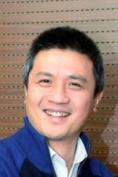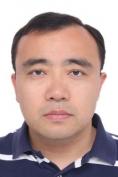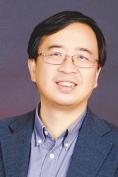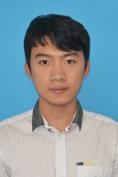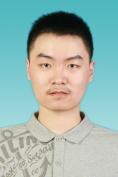The foundation of quantum mechanics has been challenged just after it was discovered. Albert Einstein believed in a superior local hidden variable theorem. In 1960s, John Bell proposed the an inequality (called as Bell inequality later), which provided an experimental way to test the quantum foundation. In the past fifty years, tremendous experiments has been implemented to test the Bell inequality and all support quantum mechanics. However, loopholes may exist in all these experiment, the local hidden variable theorem cannot be fully excluded. There are three main types of loopholes, locality loophole, detection loophole and freedom-of-choice loophole.
In this project, we are aiming at closing all the loopholes in an experiment. We develop high efficient entanglement photon source from spontaneous parametric down-conversion, high speed timing synchronization technology and high speed random number generation. When implementing the Bell inequality experiment, we can also test the speed of quantum nonlocal correlation, quantum nonlocality under large scale, quantum sterring,randomness of human free will and comic ray emission. Moreover, loophole free Bell test is also an important resource for device independent quantum key distribution and quantum random number generation.
Related News
- 中国科大在国际上首次实现器件无关的量子随机数
- 中国科大实现基于星光随机数的贝尔不等式检验
- 中国科大首次实现基于遥远星光的随机数产生
- 中国科大首次实现反事实直接量子通信
- [PhysicsWorld] Particle-free quantum communication is achieved in the lab
- The BIG Bell Test: Quantum Physics Entangled with Human Randomness
- 量子力学和相对论的美妙结合:我中心成功实现互不信任终端之间的安全比特承诺
- 中国科大实现无局域性漏洞的“爱因斯坦—波多尔斯基—罗森超距作用”的速度下限测量
Related Publications
- Lower Bound on the Speed of Nonlocal Correlations without Locality and Measurement Choice Loopholes. Physical Review Letters 110, 260407 (2013).
